As wealth inequality widens, this gap underlines a shortfall in financial accessibility for vast segments of society. The need for a more inclusive monetary system is increasingly urgent. The government and financial institutions must play a pivotal role in bridging this divide.
Financial Inclusion Creates Economic Stability

While financial inclusion remains crucial in addressing these systemic inequalities, it also serves as a foundation for broader economic stability.
The High Price of Exclusion

The issue is a significant priority for key stakeholders. Federal Reserve Governor Michelle W. Bowman recently delivered a speech on the importance of building a more inclusive financial system.
Inclusion Empowers Consumers

Access to financial products and services is vital in empowering consumers to participate in and benefit from economic growth. However, it is increasingly apparent that those in greatest need of financial products often have the least access to them.
Lacking Access to Traditional Banking Services
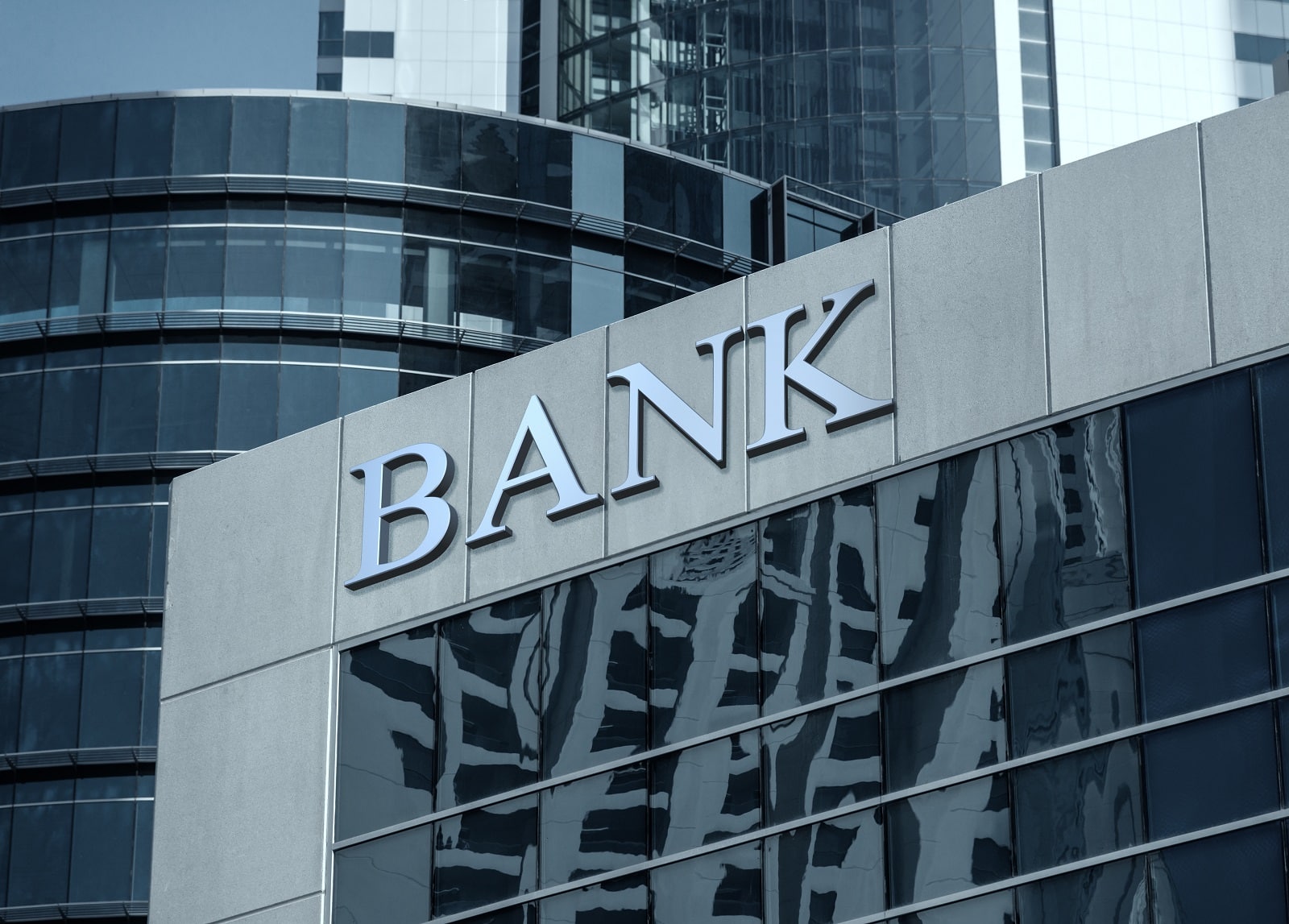
A significant portion of the low-income population lacks access to traditional banking services. In the latest biennial Survey of Unbanked and Underbanked Households, the Federal Deposit Insurance Corporation (FDIC) revealed that 4.5% of U.S. households were “unbanked” as of 2021.
Low-Income Households Remain Unbanked

This term refers to households who did not have a checking or savings account. The issue is more pronounced among lower-income families, with the FDIC noting that nearly one in five households with annual incomes below $15,000 were unbanked.
Limited Access to Banking Services Reduces Viable Options

Without access to mainstream financial services, many low-income individuals turn to alternative options, such as payday loans and check-cashing services. These alternatives often come with high fees and interest rates.
Payday Loan Alternatives Come at a High Cost

Many state laws set a maximum amount for payday loan fees ranging from $10 to $30 for every $100 borrowed. Yet, the Consumer Financial Protection Bureau (CFPB) highlights that a typical two-week payday loan with a $15 per $100 fee equates to an annual percentage rate of almost 400%.
26 Million “Credit Invisible” Americans

In other research, the CFPB found that approximately 26 million Americans are “credit invisible,” meaning they do not have credit records. An additional 19 million have “unscored” records that are too limited or outdated to score. This lack of credit history disproportionately affects low-income communities, where almost 30% are credit invisible and an additional 15% have unscored records.
Limited Credit History Creates Financial Barriers
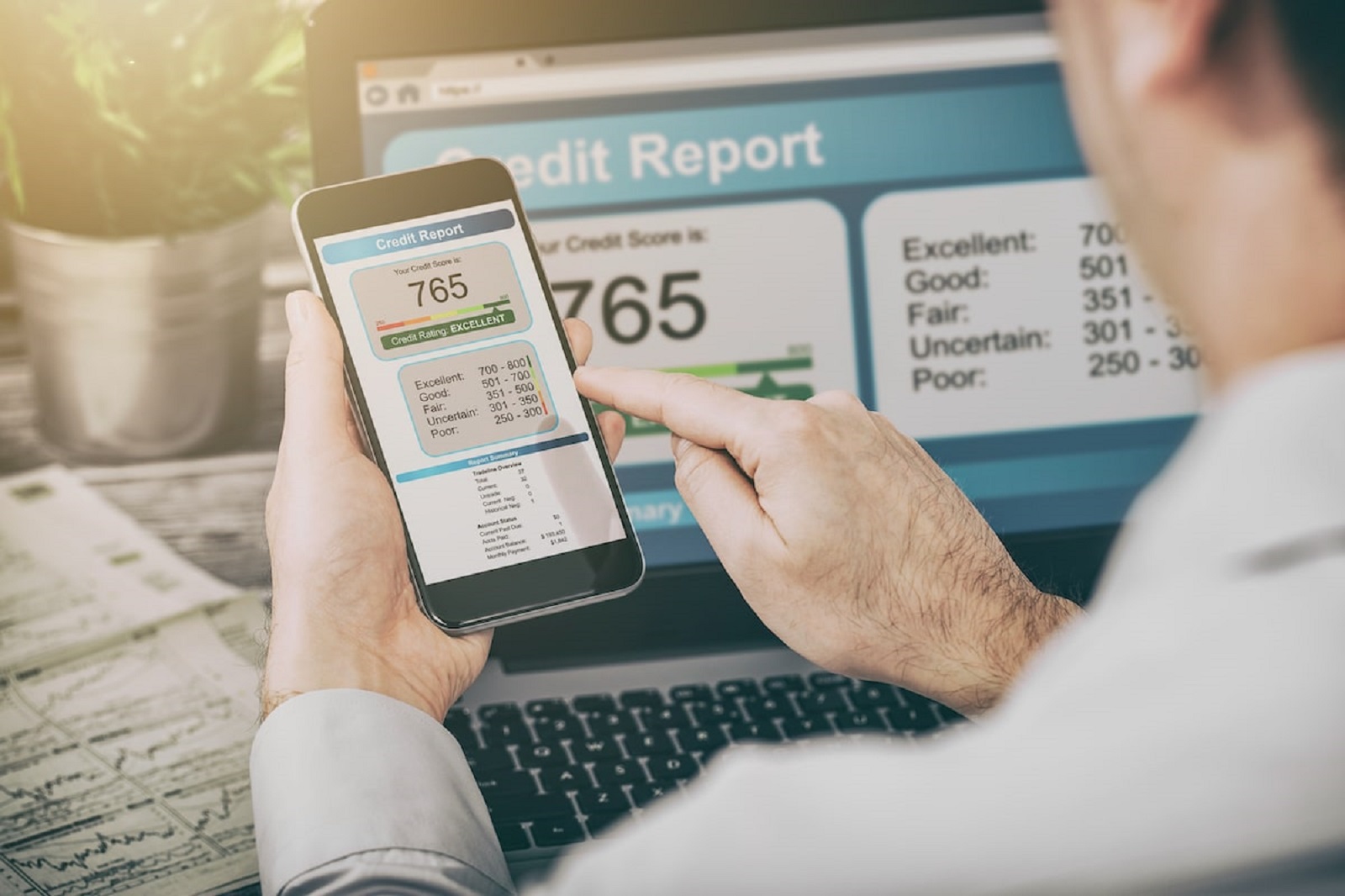
CFPB Director Richard Cordray noted, “A limited credit history can create real barriers for consumers looking to access the credit that is often so essential to meaningful opportunity – to get an education, start a business, or buy a house. Further, some of the most economically vulnerable consumers are more likely to be credit invisible.”
Creating a Homeownership Gap

The U.S. Census Bureau’s latest data shows the stark gap in homeownership rates among families with incomes higher or lower than the national average. The homeownership rate in families with incomes higher than the national average is close to 79%.
A Critical Barrier to Wealth Accumulation

In contrast, the rate is just 53% for those with incomes lower than the average national income. The disparity widens significantly further when race, demographics, and more granular levels of poverty and income levels are analyzed. This homeownership gap is a critical barrier to wealth accumulation for low-income families.
Poor Financial Literacy Leads to Poor Financial Decisions

Poor financial literacy also disproportionately affects low-income individuals, limiting their ability to make informed financial decisions. The National Financial Educators Council found that financial illiteracy cost the average American $1,819 in 2022 — a significant amount for low-income earners.
Why Financial Inclusion Is Important
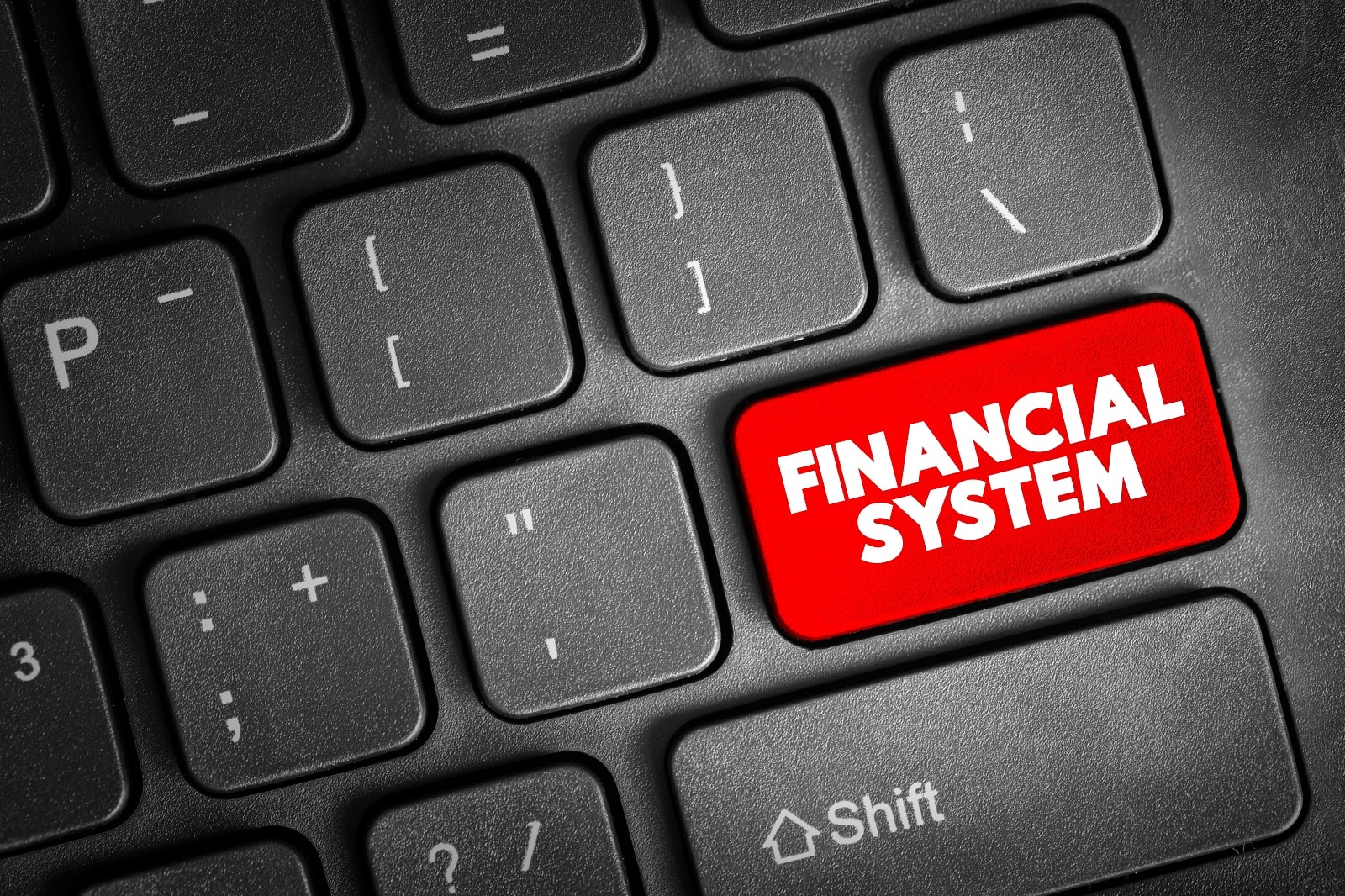
In her speech, Governor Bowman noted that the availability of high-quality financial tools is crucial, “An inclusive financial system offers access and choices that enhance consumers’ and businesses’ financial well-being.
Consumers Benefit from Access to Financial Products

From checking and savings accounts to credit and insurance, consumers benefit from having financial products and services that are affordable, safe, and responsive to their needs. Without them, consumers may turn to alternative financial services, which can often be more costly or may lead to consumer harm.”
Physical Banking Remains Important
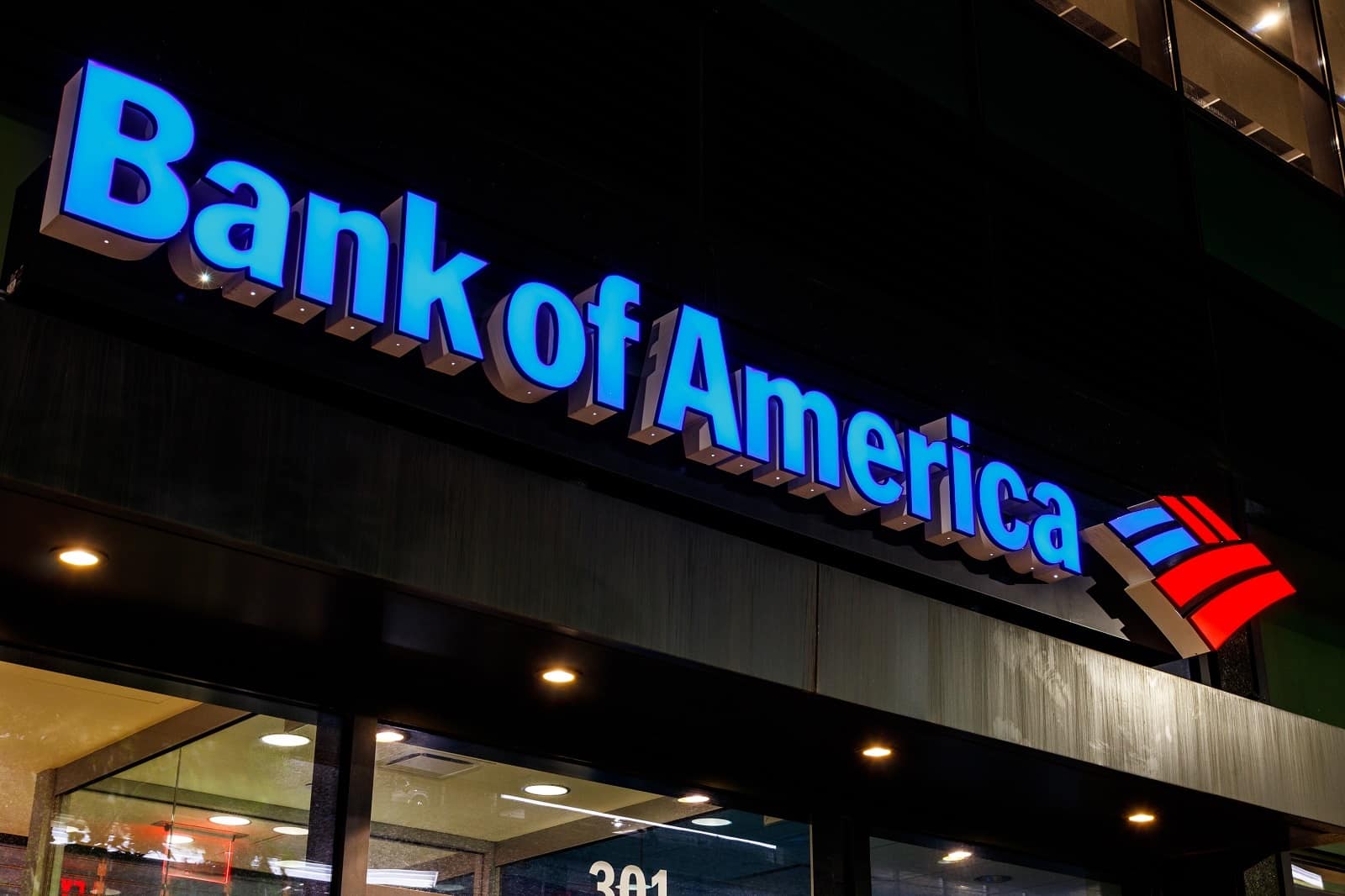
Furthermore, the provision of these services must be responsible and tailored to diverse consumer needs. Despite the prevalence of online banking, the physical location and accessibility of banking services remain critical. This reality is especially true in rural communities and remote regions.
Community Banks Are Essential
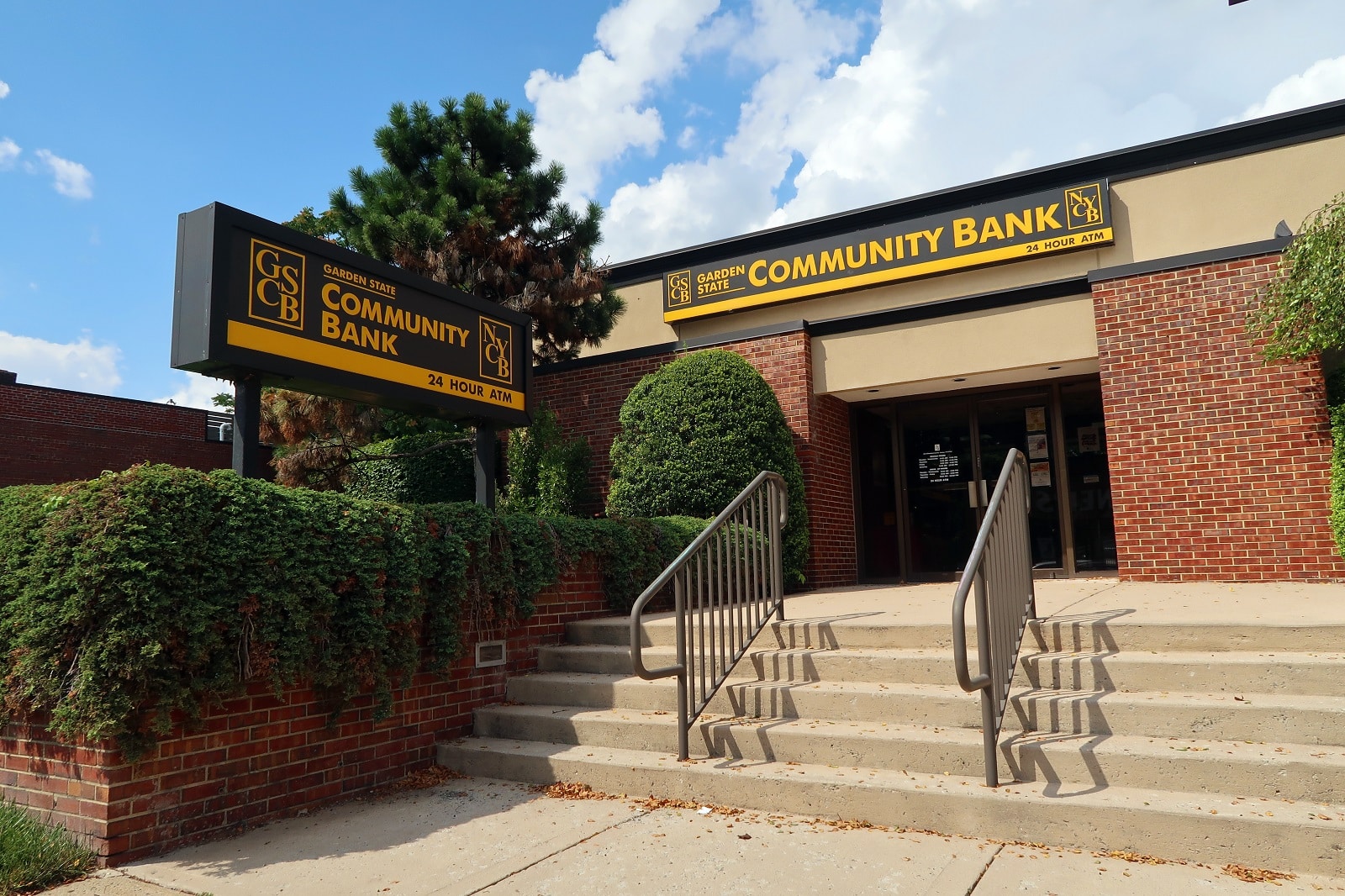
However, no single entity or group of institutions alone can achieve a fully inclusive system. Community banks, notably smaller, locally-focused institutions, are essential in advancing financial inclusion. A deeper connection to their communities enables them to address local economic needs effectively.
Federal Reserve in Action
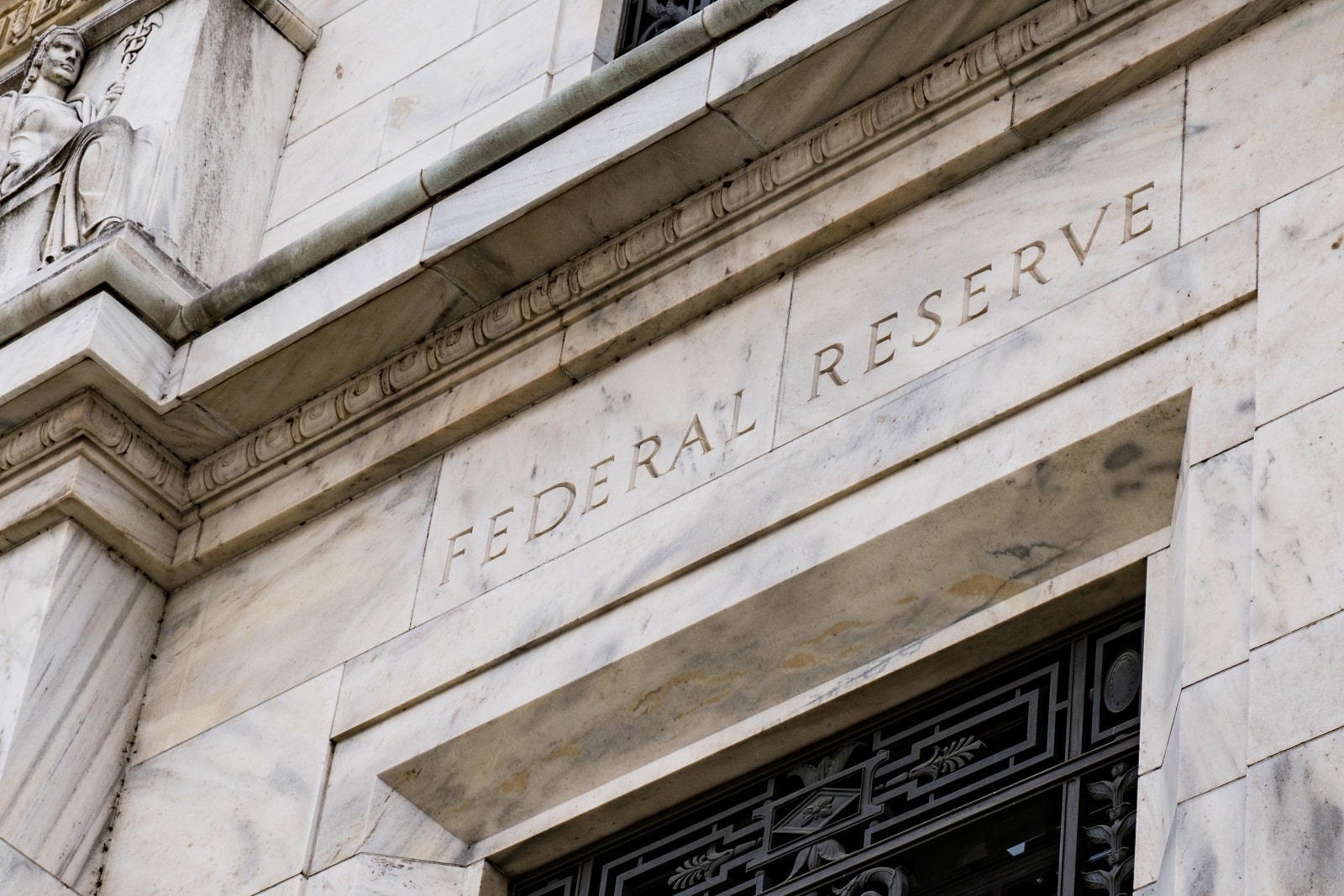
The Federal Reserve has intensified its efforts to foster financial inclusion, particularly for populations affected by the widening wealth gap. Its focus has been improving access to financial products and supporting organizations aiding underserved communities.
Access to Credit During Difficult Times

Many Americans require access to credit during times of temporary cash-flow imbalances or unexpected expenses. Consequently, guidance to banks around responsible small-dollar lending has been invaluable. Such lending practices foster positive repayment outcomes and build creditworthiness, especially for those typically excluded from traditional banking systems.
Serving Underserved Communities
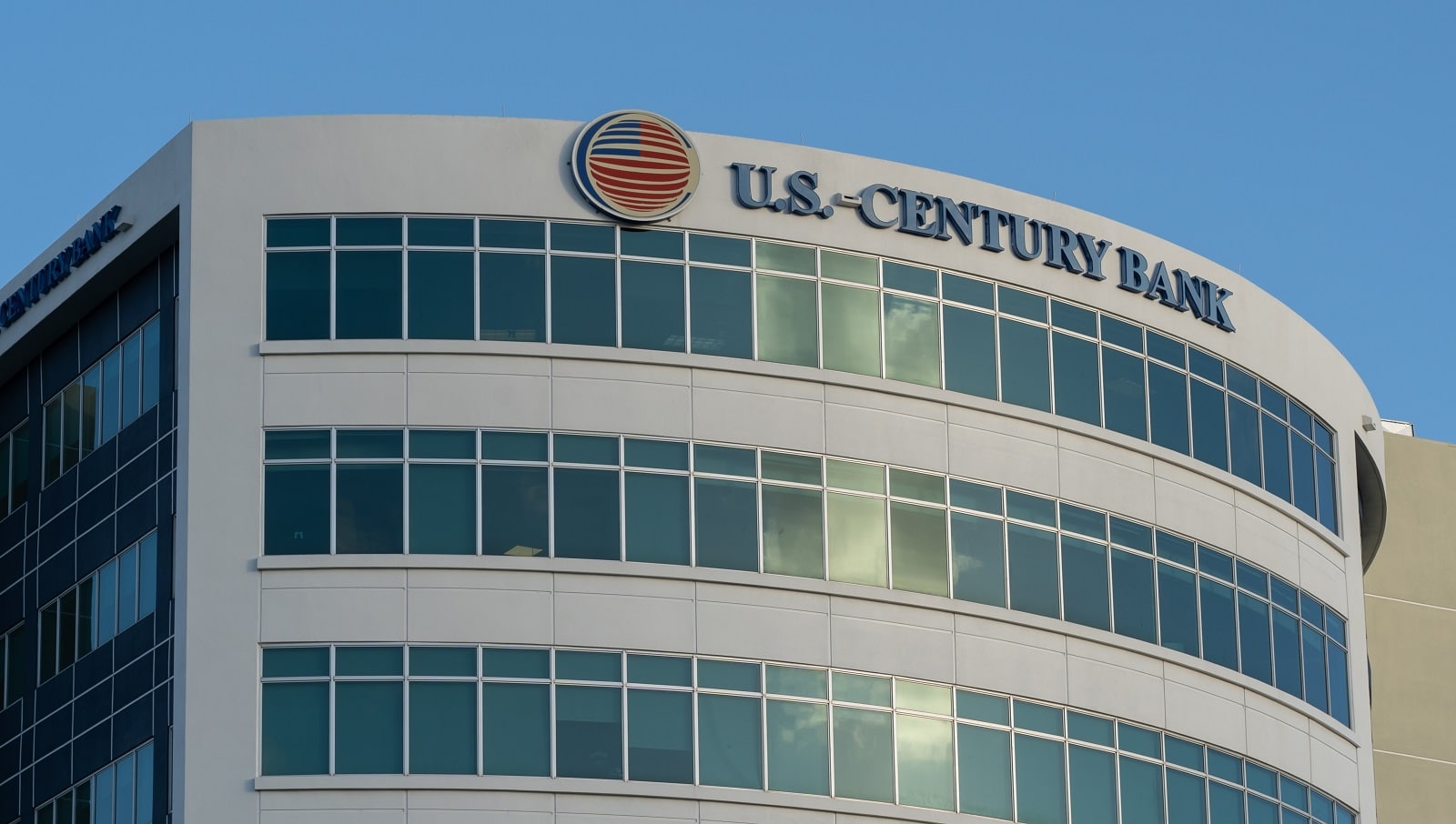
Strengthening Minority Depository Institutions (MDIs), Women-Owned Depository Institutions (WDIs), and Community Development Financial Institutions (CDFIs) has been crucial. These institutions receive technical support and training, enhancing their ability to serve consumers facing credit constraints.
A Vital Role in Community Support

During the economic pressures of the 2008 financial crisis and the COVID-19 pandemic, these organizations played a vital role in community support, aided by emergency lending programs backed by the Federal Reserve.
Facilitating Loans and Grants to Small Businesses and Consumers

The central bank’s involvement in the Emergency Capital Investment Program (ECIP) has also been a significant step in bolstering financial inclusivity. The ECIP provided over $8.5 billion in low-cost capital to MDIs and CDFIs, facilitating loans and grants to small businesses and consumers in their communities. This influx of funding strengthened these institutions and broadened their lending capacity in underserved areas.
Indigenous Inclusion
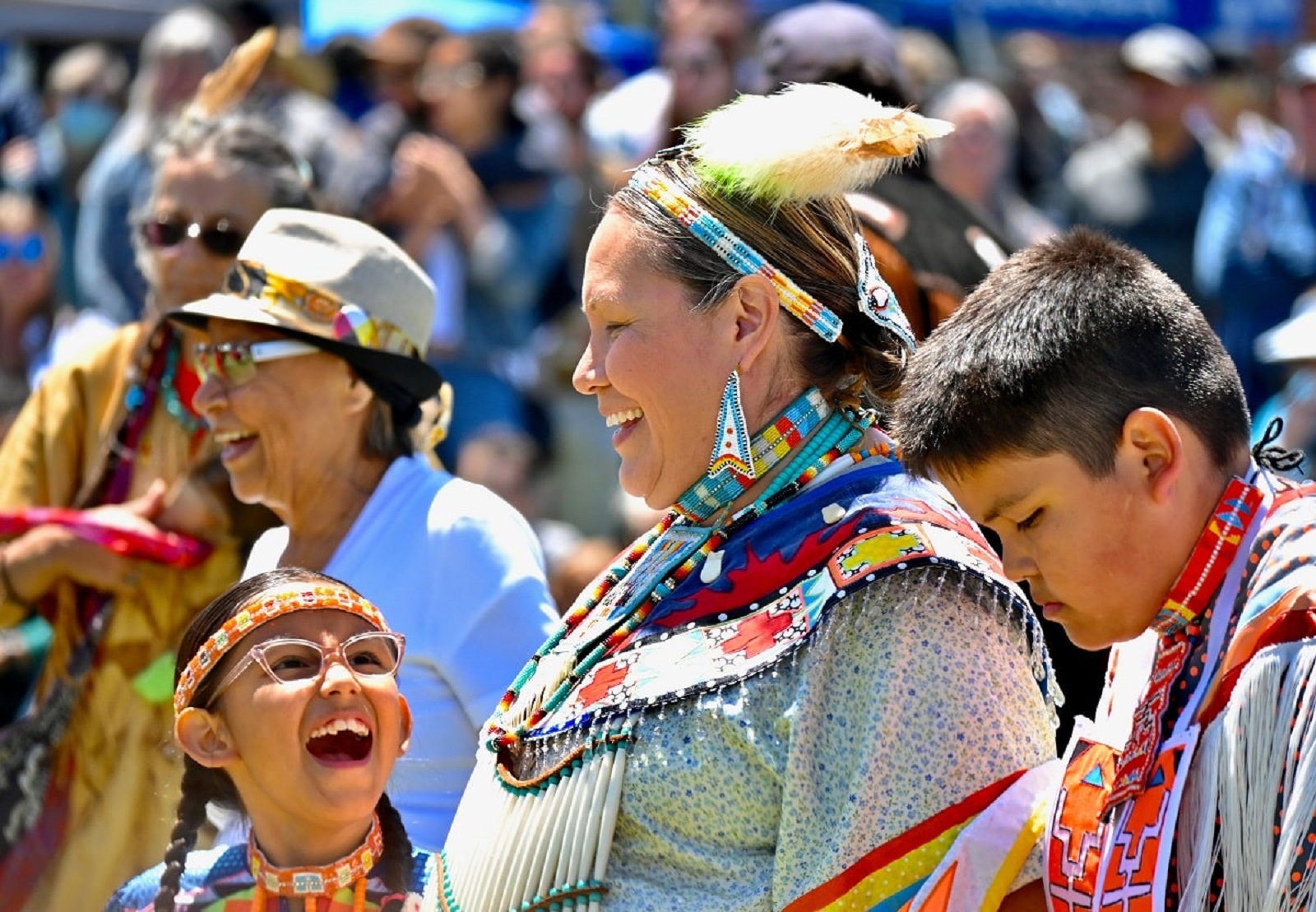
Additionally, the Federal Reserve recently joined the Central Bank Network for Indigenous Inclusion. This international collaboration aims to enhance understanding, research, and education in financial matters pertinent to Indigenous populations by incorporating specific Indigenous languages and cultures.
Wealth Inequality Persists

As wealth inequality persists, the imperative for enhanced financial inclusion remains. Strategic collaboration is necessary to close this gap, along with the development of accessible and lower-cost financial products. These tools must also reach those in need and contribute positively to their financial stability.
Relevance in Mission-Driven Institutions for Community Engagement

Supporting mission-driven institutions is vital. These organizations are essential in reaching underserved communities, yet their effectiveness hinges on sustained and targeted support. Engaging community voices should ensure solutions are comprehensive and contextually relevant.
Informed Policy-making is Key
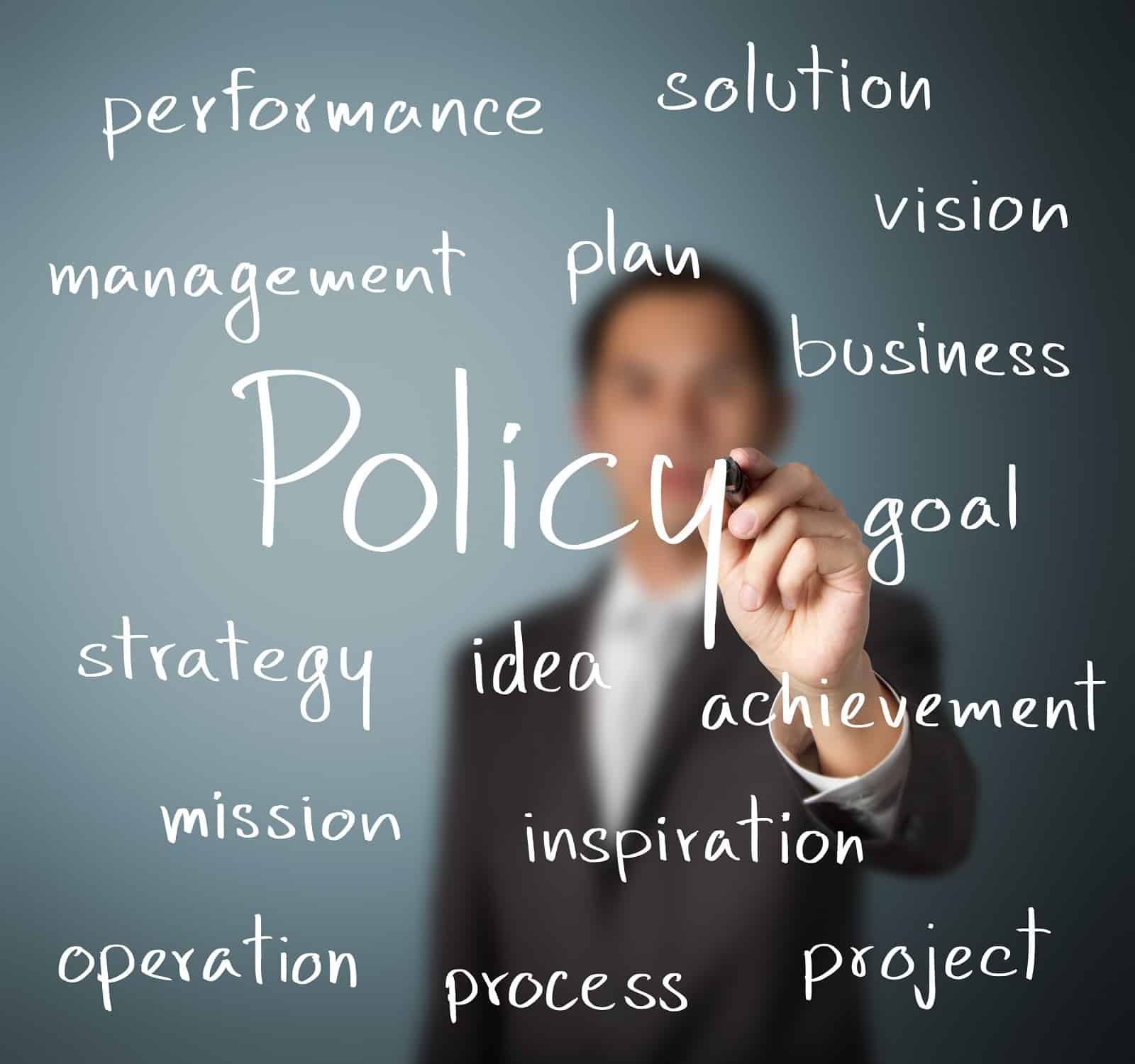
Continued thoughtful resource allocation and informed policy-making are crucial to enhance individual financial well-being. This progress will, in turn, drive broader economic growth and prosperity.
More From Frugal to Free…
U.S. Budget Breakthrough: A Huge Step Forward Amidst Looming Shutdown Threat
Will Easing Inflation in America Continue?
The post 26 Million ‘Credit Invisible’ Americans as Wealthy Inequality Widens first appeared on From Frugal to Free.
Featured Image Credit: Shutterstock / wavebreakmedia. The people shown in the images are for illustrative purposes only, not the actual people featured in the story.
The content of this article is for informational purposes only and does not constitute or replace professional financial advice.
